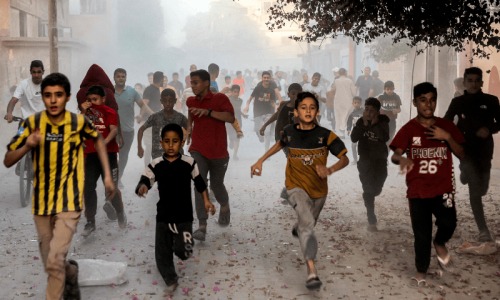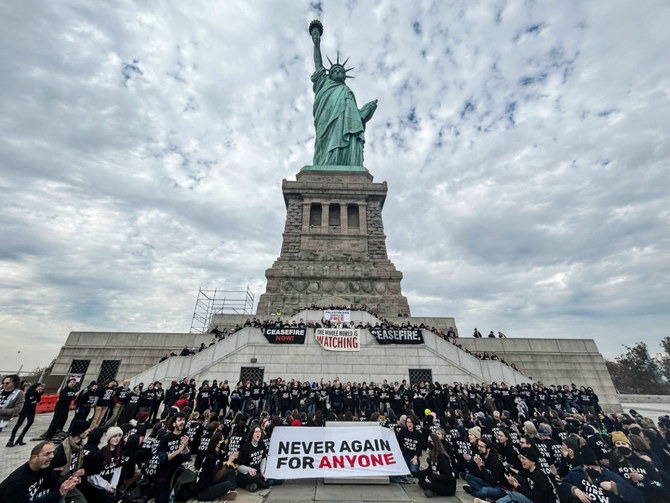In a harrowing month-long assault on Gaza, thousands of children have become the silent, innocent victims of a savage conflict, with some estimates suggesting that around half of all casualties are minors. If this monstrous crime were unfolding in any other part of the world, by any other actor, the calls for accountability would echo across the globe. Yet, in the case of Israel, its actions are sheltered by the unwavering support of the United States and several European nations. This relentless assault on Gaza has provoked outrage and questions of humanity as the death toll surges, and the international community remains divided over what should be done.
A Grim Toll on Palestinian Children
Amid the relentless bombardment, the toll on Gaza’s children has been staggering. According to some estimates, thousands of innocent young lives have been lost in the crossfire. Children, who should be playing in the safety of their homes and schools, have instead fallen victim to this brutal conflict. Their futures have been extinguished in an unending cycle of violence, and the world watches as the price of their lives goes unanswered.
International Silence and Unwavering Support
Remarkably, the Israeli military’s campaign in Gaza continues despite widespread international calls for an immediate ceasefire. While many governments and people around the world express increasing demands for an end to this genocidal campaign, Washington remains reluctant to heed these calls. The shield of political support from the United States and certain European states has emboldened Israel, leaving many to question the value placed on Palestinian lives.
The Ongoing Cycle of Violence and the Risk of Escalation
Tel Aviv’s stated goal is to obliterate Hamas, a mission that has come at the tremendous cost of innocent lives. As Unicef officials describe Gaza as a “graveyard for thousands of children,” the world remains divided on what actions, if any, should be taken. Schools, hospitals, ambulances, and refugee camps have all been caught in the crossfire, supposedly as part of an effort to target Hamas. The narrative surrounding such actions raises questions about the definition of terrorism and self-defense in this conflicted region.
As the Palestinian population faces the looming threat of extermination, two ominous possibilities emerge: the depopulation of the Gaza Strip or an escalation of hostilities into a regional conflagration. Hasan Nasrallah, the leader of Lebanon’s Hezbollah, a key ally of Hamas and part of the Iran-backed ‘Axis of Resistance,’ recently broke his silence to warn of a potential regional war. The specter of further violence hangs in the balance.
The responsibility now rests with Washington, where decisions could determine the course of events. If the United States wishes to quell the mounting tensions, it must exert pressure on Israel to cease the ongoing slaughter. However, if the U.S. continues to support Israeli actions without reservation, it risks being held accountable for potential upheaval in the Middle East, which could have profound consequences on the global stage. The world watches and waits as the future of the region remains precariously uncertain.
















